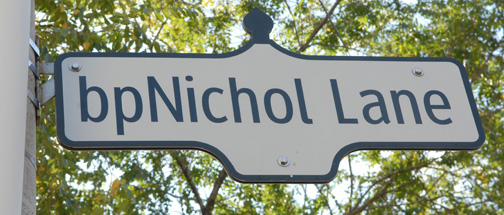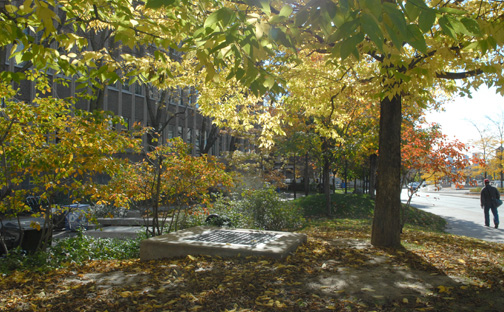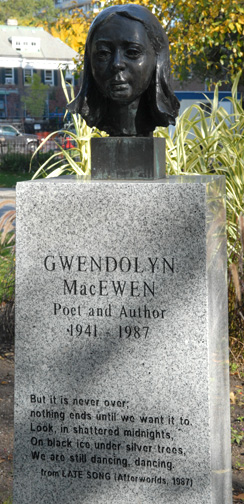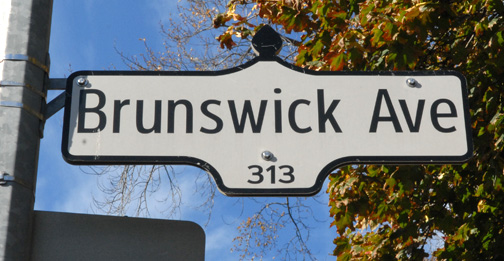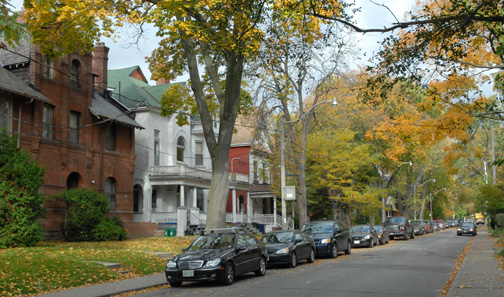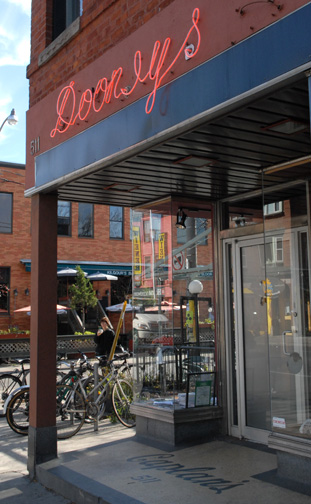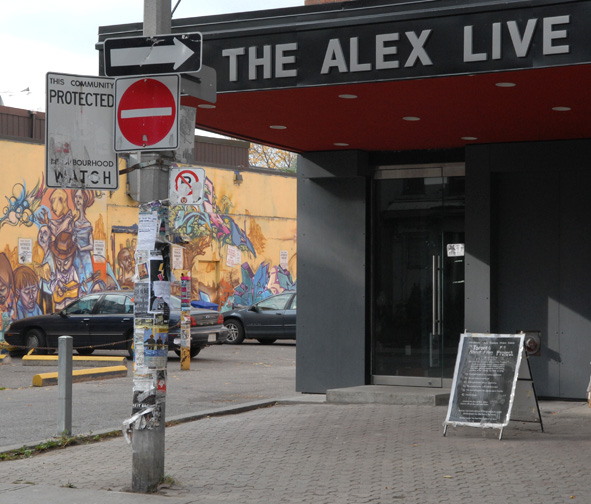Dooney’s Cafe, the website, bills itself as a news service. Not like any news service I’ve known though. Essays with a literary bent from a series of semi-regular contributors are not your average news service fare. It is named after the Toronto cafe where a number of the writers hang out (or perhaps hung out as the restaurant was recently sold).
Essays range from Stan Persky’s recent ‘How Dumb Can You Get’ which is mainly a review of Mark Baurlein’s ‘The Dumbest Generation’ but Perksy does manage to get his own views in. Read the following paragraph:
“That’s when I had my little vision. The spines of the books, instead of reminding me of trees in a forest, as they often do, suddenly began to look like tombstones. Each date on a book spine recorded the death of a book. I was standing in the middle of The Dead Library. Book reading was over.”
Persky, who teaches at Capilano University in BC, and like many of the Dooney’s contributors, touches on subjects close to his heart. He also appears to be the most prolific of the regular writers.
Terry Glavin, noted for his books on First Nations, the environment, fishing and British Columbia, recently contributed an essay on the Fraser River and history and how First Nations’ names and stories overlap with current names. That’s an awkward explanation for an eloquent and evocative piece. Here’s Glavin:
‘The world is a palimpsest, and as soon as a story is told to make sense of things, it is a rare thing for it to vanish out of the world entirely. Once you hear these stories, you will never see the river we know in quite the same way, nor the cosmopolis that has grown up along its banks, and those stories will echo in everything you hear for as long as you may live.’
Brian Fawcett’s essays maybe roam the most, book reviews to examinations of people and neighbourhoods. His ostensible review of Stardust by the late Bruce Serafin, subtitled Losing The Best Canadian Writer No One Know About, is really about the Serafin not his book.
Here’s the beginning of the piece; ‘When Bruce Serafin allowed a Victoria, B.C. publisher of poetry monographs called Ekstasis Editions to publish Colin’s Big Thing in 2003, I wrote that the book contained the best writing about Vancouver ever committed to paper—and felt absurd saying it. The sense of absurdity didn’t come because I was exaggerating. It was because I didn’t think anyone would listen, least of all Serafin himself, who made a career of underplaying whatever hand had been dealt to him. So let me start out again, also feeling absurd, to say that this book, Stardust, flat out contains passages of the best prose ever written on Canada’s west coast. This time, I’m saying it purely for posterity. Serafin died in June 2007.’
Fawcett’s ‘A Kings Life‘ takes a look at Bill King, jazz musician, photographer and jazz festival honcho, to wonder why we don’t notice the extraordinary people in our midst.
These are just a few examples of the diversity and quality of work available here. Over and over with this site I find writing worth reading. Not everything is a gem but it is often enough to make this a regular stop on the online literary troll.
